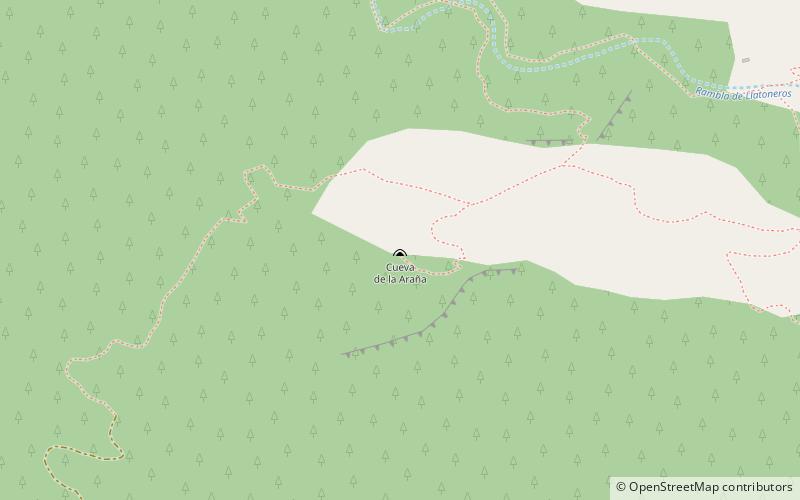Cuevas de la Araña


Facts and practical information
The Cuevas de la Araña, or Spider Caves, are a testament to the prehistoric era nestled in the picturesque region of Valencia, Spain. These caves are renowned for their remarkable collection of rock art, dating back to the Epipaleolithic period, some of which is estimated to be over 10,000 years old.
One of the most iconic images within the Cuevas de la Araña is the figure of a man harvesting honey, a depiction that provides invaluable insight into the lives of our prehistoric ancestors. This image is not only a testament to the artistic capabilities of early humans but also an indication of the activities and diet of the people who once inhabited the area.
The site, which has been declared a World Heritage Site by UNESCO, offers visitors the chance to step back in time and witness some of the earliest expressions of human creativity. The caves are carefully preserved, and access is regulated to ensure the protection of the delicate paintings that adorn their walls.
As one ventures into the heart of the Cuevas de la Araña, the sense of connection to our distant past becomes palpable. The cave art here is an invaluable resource for historians and archaeologists, providing a unique window into the rituals, beliefs, and daily practices of those who lived thousands of years before us.
Valencia
